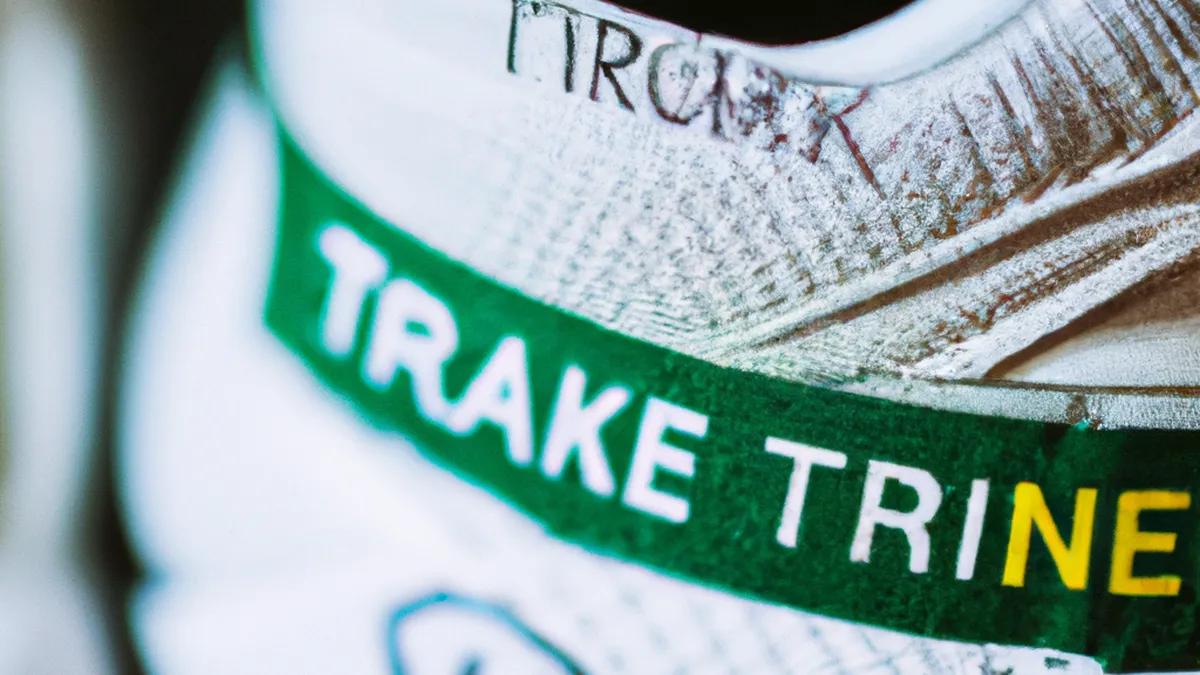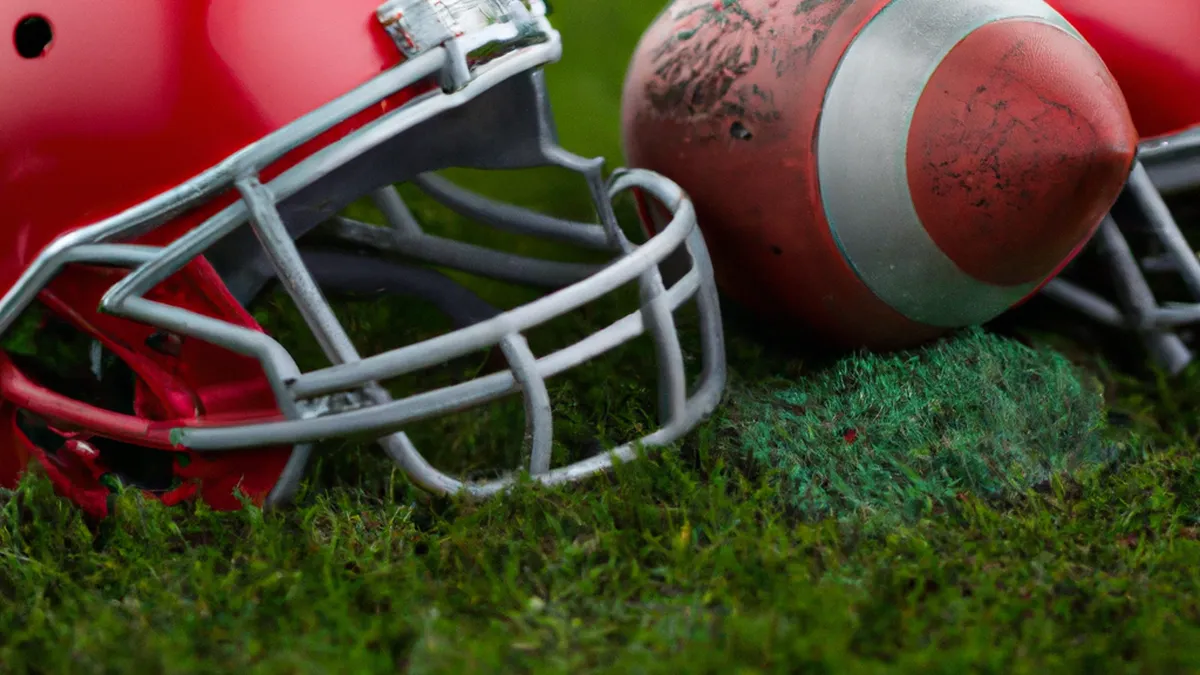Bottles vs. Hydration Packs: What’s Best?
Hydration Techniques for Endurance SportsStay hydrated to excel in endurance sports. Proper hydration enhances performance, reduces fatigue, and prevents injuries. Whether you run marathons, cycle long distances, or participate in triathlons, effective hydration techniques help you achieve your goals.
Understand Your Hydration Needs
Each athlete has unique hydration requirements. Body weight, climate, and activity level influence your water intake. Heavier athletes may sweat more, needing different fluid amounts. Exercising in hot conditions leads to greater fluid loss than in cooler environments. Tailor your hydration plan to your specific situation.
Calculate Your Sweat Rate
Calculate your sweat rate to determine hydration needs. Weigh yourself before and after workouts to measure fluid loss. For example, losing two pounds during a 90-minute run means you lost about one quart (32 ounces) of fluid. This loss indicates how much water you should replenish.Use this formula to calculate your sweat rate:\[\text{Sweat Rate (oz/hr)} = \left(\text{Pre-Workout Weight} – \text{Post-Workout Weight}\right) \times 16 + \text{Fluid Intake During Workout}\]This calculation informs your drinking strategy during training sessions.
Monitor Your Urine Color
Check your urine color to assess hydration status. Light yellow indicates good hydration, while dark yellow signals dehydration. Aim for a pale straw color. Use this quick check before and after workouts.
Consider Electrolytes
Endurance sports cause electrolyte loss, including sodium, potassium, calcium, and magnesium. These minerals support muscle function and hydration balance. Replenish electrolytes to maintain optimal performance. While water is crucial, plain fluids may not suffice during prolonged exercise. Sports drinks can help, and foods like bananas, pretzels, and electrolyte tablets restore lost minerals.
Develop a Hydration Strategy
As an Amazon Associate I earn from qualifying purchases.
Gear tip: consider electrolyte mix, soft flask, and hydration tablets to support this topic.
Create a solid hydration strategy for endurance events. A well-thought-out plan keeps you on track and performing at your best.
Pre-Hydration
Hydrate before your workout. Drink 16-24 ounces of water or a sports drink two hours before exercise. Consume another 8-10 ounces about 20-30 minutes before starting. This pre-hydration approach prepares your body for exertion and delays fatigue.
During Exercise
During workouts, aim to drink 7-10 ounces of fluid every 10-20 minutes. Adjust fluid intake based on your sweat rate and environmental conditions.
Conclusion
Stay hydrated to enhance your endurance performance. Understand your hydration needs and develop a tailored strategy. Monitor your status regularly for optimal results.
Below are related products based on this post:
FAQ
Why is hydration important for endurance sports?
Hydration is crucial for enhancing performance, reducing fatigue, and preventing injuries in endurance sports. Proper hydration helps athletes maintain their stamina and overall well-being during long-duration activities.
How can I determine my hydration needs?
Your hydration needs depend on factors such as body weight, climate, and activity level. Heavier athletes may require more fluids, especially in hot conditions where sweat loss is greater. Tailoring your hydration plan to these factors is essential for optimal performance.
What is the best way to monitor my hydration status?
One effective way to monitor hydration status is by checking urine color. A light yellow color indicates good hydration, while dark yellow suggests dehydration. Regularly assessing your urine color can help you make necessary adjustments to your fluid intake.















Post Comment